OPINION –
In 1927, Yocundo Durán was on his way home in Chihuahua, Mexico, when he crossed paths with a Federal. The Federal general recognized him as a Knight of Columbus and summarily ordered his execution. Durán’s bullet-torn body was delivered to his family later that day.
The prior year, the “Calles Law” had been passed in Mexico. Plutarco Calles, a 33rd-degree Mason, had been installed as president, and he was determined to crush Catholicism to extinction. Churches and schools were confiscated, religious orders disbanded, priests hunted down, and the celebration of Holy Mass outlawed. Knights, men willing to stand publicly for the Faith, were an especially satisfying target. While streetside executions like Durán’s were not spelled out, the laws created a climate in which violence against Catholics was more likely to be rewarded than questioned.
The initial Catholic pushback was peaceful: petitions and protests. It was predictably ineffective, as reasonable means usually are against determined evil. When the government dropped its mask and started shooting, Mexican Catholics formed units of resistance, with the battle cry, “¡Viva Cristo Rey!”
Long Live Christ the King.
During the Cristero wars, some 90,000 lives were lost. Without the Cristeros’ challenge to the unjust government, the Holy Mass in Mexico might have been lost for generations, the Virgin of Guadalupe forgotten. Instead, those who offered their lives helped restore the Church in Mexico in three years.
Scores of them have been canonized or beatified by the Church, and they are known collectively as the Mexican Martyrs. Many were priests; some were laymen. It is high time we internalize their stories—because something like the Calles Law could be enacted here if the Party of abortion, homosexuality, and transgenderism (murder, sodomy, and child abuse) manages, by hook or crook, to take full power in a few months.
There is no more stark opposition than that between the apostolic Catholic Church and the party that parks abortion vans at their convention, whose candidate announced her campaign on a drag queen cable show. Even if we manage to deny the creepy clown show their November bid for power, we nevertheless have an anti-Catholic beast prowling this country.
Some Catholics, consumers of media over catechism, will distance themselves from the true Church to find a comfy home in the secular order; others will prepare to be American Cristeros.
Whereas the Mexican government confiscated and shut down Catholic institutions, the more likely scenario in America would be Church institutions consolidated under nominally Catholic bishops who have already shown disdain for Catholic moral teaching. The laity and clergy who hold fast to the deposit of faith will find themselves driven out. However, I think it likely that evangelical Protestants whose pastors sell out biblical faith will be our allies in exile, and that’s not an insubstantial kinship.
When passive resistance didn’t work in Mexico (it had to at least be attempted) and the government executed the first priest, it was fightin’ time. The Cristeros organized and armed themselves. At that point, their actions fell under the Church’s “just war” doctrine, as they constituted an army, though an irregular one. Whether or not they met the conditions for a just war was a prudential judgment that could be debated. Unfortunately, the bishops of Mexico didn’t provide much guidance, as most had either refugeed to other countries or caved to the government.
The strict conditions for legitimate defense by military force require that the damage inflicted by the aggressor be lasting, grave, and certain; that other means of defense are impractical or ineffective; that there is serious prospect of success; and that the use of arms not produce even greater evil (CCC 2309).
When we are responsible for others, it is not only our right but our grave duty to defend them against unjust aggressors. I think most of us would not hesitate to use whatever means at hand to defend a child from harm, whether our own child or another’s. What will happen when wide swathes of our politicians and entertainers are exposed for the dark things they have done to children?
The American public is long-suffering and ever hopeful, but when these revelations come (and I think it inevitable), our credulity and good nature will have had enough, like the Mexican Catholics when the government started killing priests. There is a point of no surrender, and crimes against children is it.
The defense of the common good requires that an unjust aggressor be rendered unable to cause harm (CCC 2265).
Passivity in the face of genuine evil is no virtue; evil demands a response. Our Church poses the questions we are obliged to ask ourselves to be certain we stay within moral bounds, and the Mexican martyrs manifested the courage we will need.
Among the Mexican martyrs raised by the Church for our edification is Blessed Miguel Pro, a beloved Jesuit who continued to bring the sacraments to the people even after the government drove priests underground. He had a route of “safe houses” in Mexico City where he heartened the faithful with regular visits.
In late 1927, someone attempted to assassinate a high-ranking Federal. Fr. Pro was promptly accused, though innocent; likely, he had been on the government’s radar for a while, and they saw their chance. The real culprit confessed, but President Calles was not about to lose an opportunity to make a spectacle of the priest. Fr. Pro was executed by firing squad, meeting death with his hands outstretched in cruciform, crying, “¡Viva Cristo Rey!” He was 36. The real culprit was shot shortly afterward.
A few months after the death of Fr. Pro, the boy José Sánchez del Río was martyred. At age 14, Joselito was extraordinarily devoted to the Eucharist. When the Mass was extinguished and priests forced into hiding, he desperately wanted to fight for the Church. Because of his age, none of the Cristero armies would take him. However, he was finally allowed to be the flag-bearer and bugler for General Prudencio Mendoza, whose army was operating around southwest Mexico. When the general’s horse was shot from under him in a battle, José gave up his own mount. Now on foot, he was easily captured.
He was imprisoned in a desecrated church near his home, where government soldiers taunted and tortured him. He only had to say, “Down with Christ the King” to be restored to his home and his mother, but he would not. Even witnessing the hanging of another Cristero did not break him. The soles of his feet were flayed, and he was forced to walk to the cemetery, leaving gory footprints through the town. Villagers furtively followed, collecting the blood left in the sand and whispering, “Mártir, mártir.” Before he was shot dead beside his own grave, he cried out once more, “¡Viva Cristo Rey y Santa Maria de Guadalupe!”
Both St. José and Blessed Miguel died with the same words on their lips: ¡Viva Cristo Rey! Long live Christ the King of the Universe. If American Catholics know only three words in Spanish, it should be these, and they should fly from our lips whenever we tremble before evil.
As the 1927 manifesto of the Cristeros stated: “We know—history teaches us—that in all the fights of the people against tyrants, the people win.”
¡Viva Cristo Rey!
More about the Cristeros:
- Behind the Scenes of For Greater Glory, 30-minute documentary of the Cristiada, hosted on the Knights of Columbus website
- For Greater Glory, 2012 movie, with Andy Garcia, Eduardo Verástegui, and Eva Longoria, available on DVD or streaming services
- La Cristiada, an illustrated history of the war by Jean Meyer. The Mexican people’s fight for religious freedom is one of the greatest stories never told. For obvious reasons, the Mexican government and the Catholic bishops were not anxious for it to be well-known. Dr. Meyer interviewed survivors and eyewitnesses to write this definitive book, and the vintage photographs are a treasure.








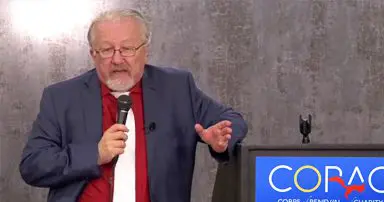












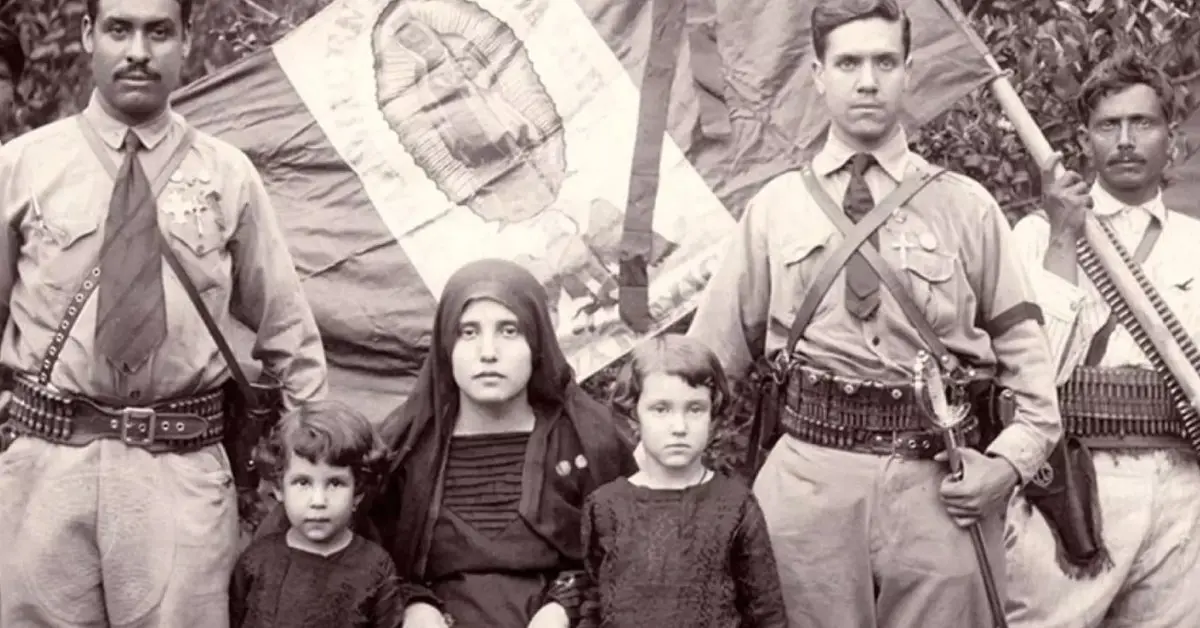




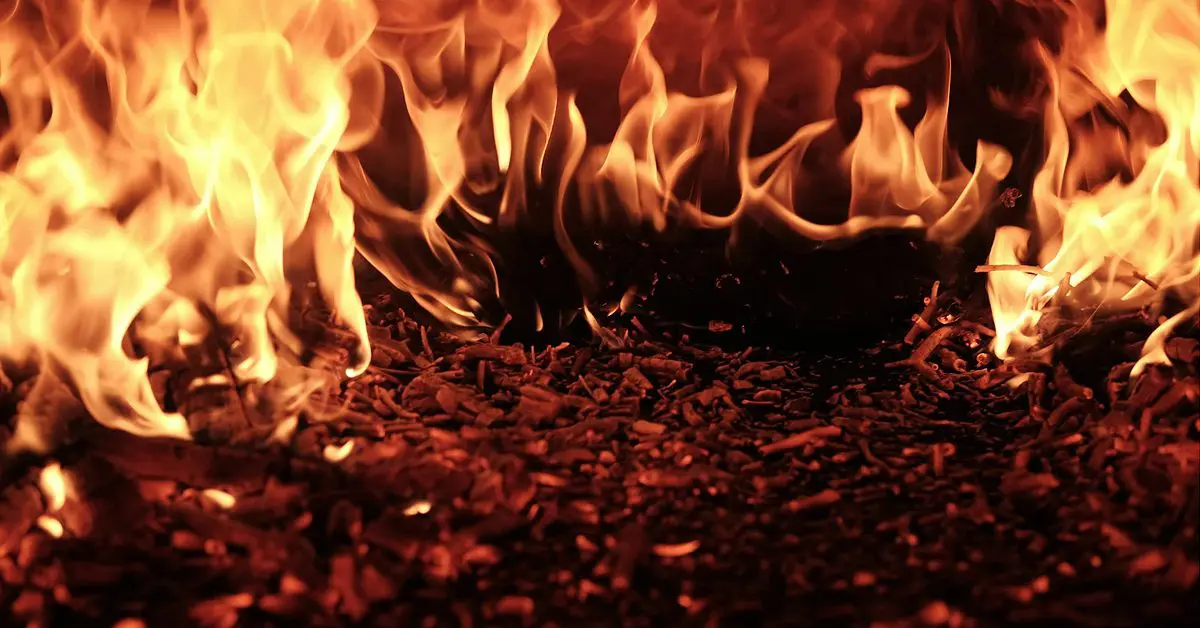

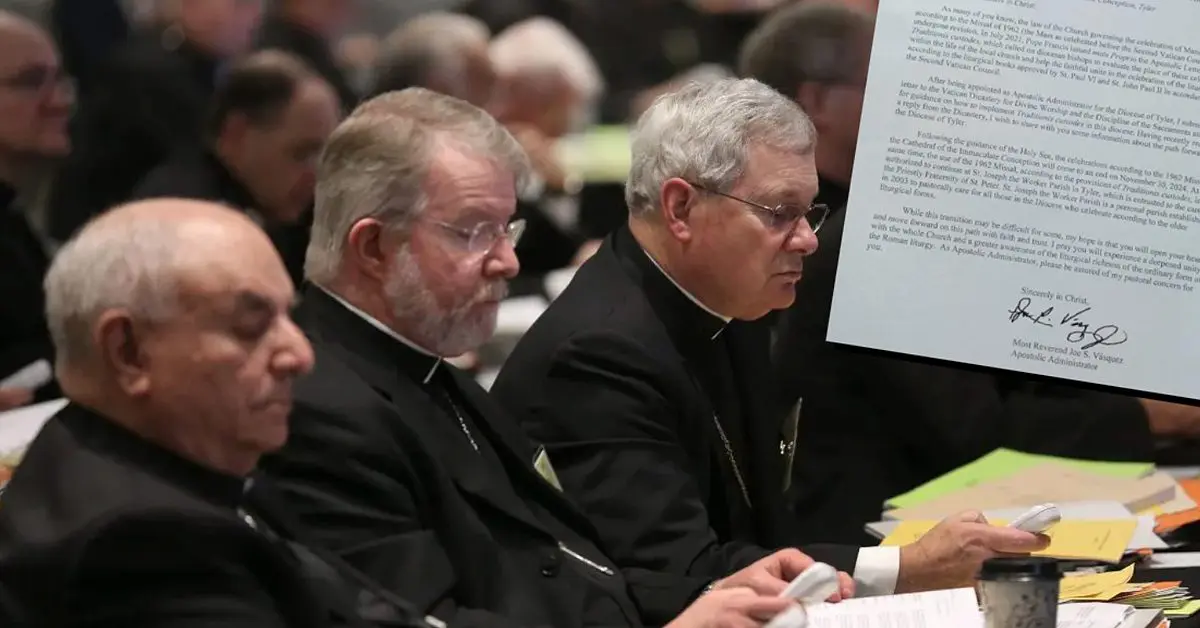


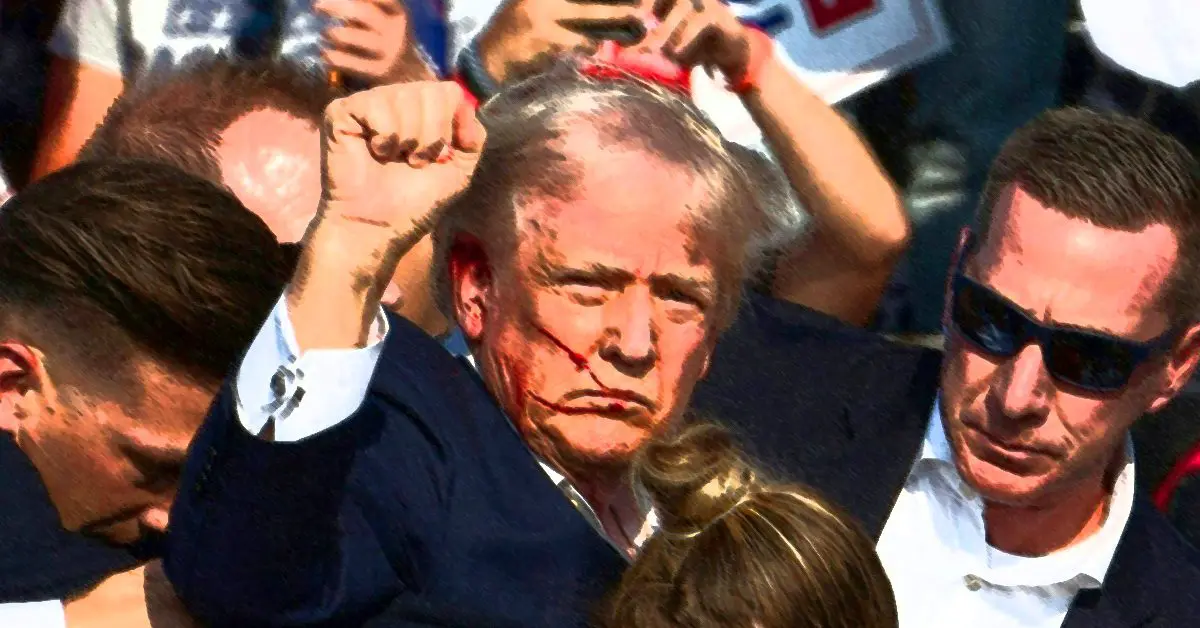
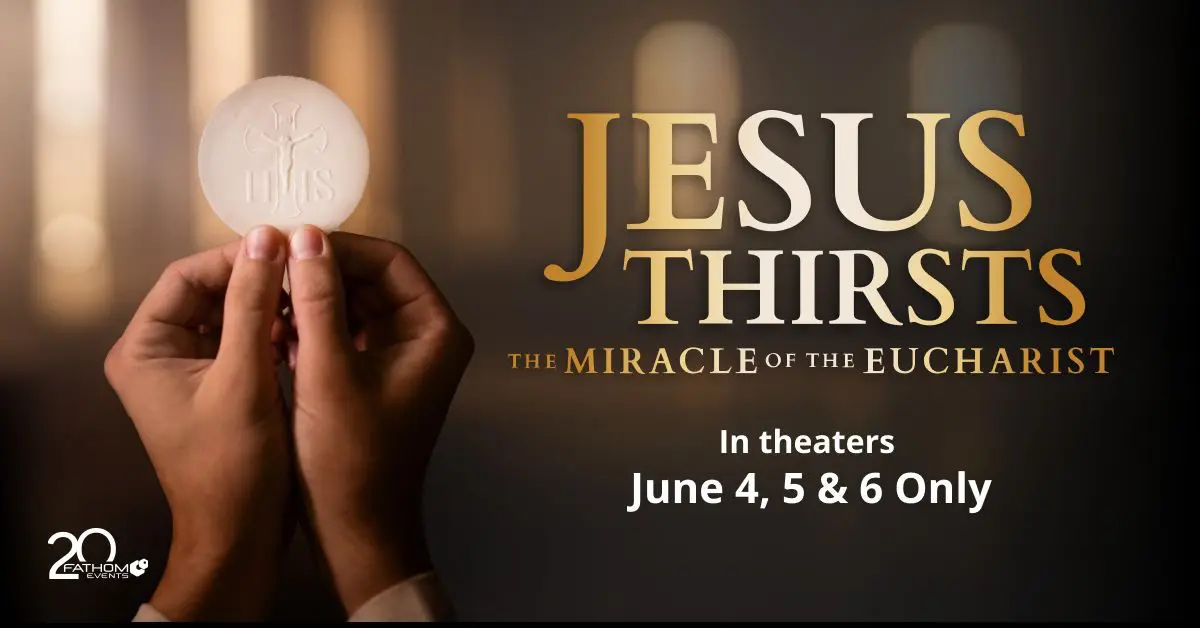

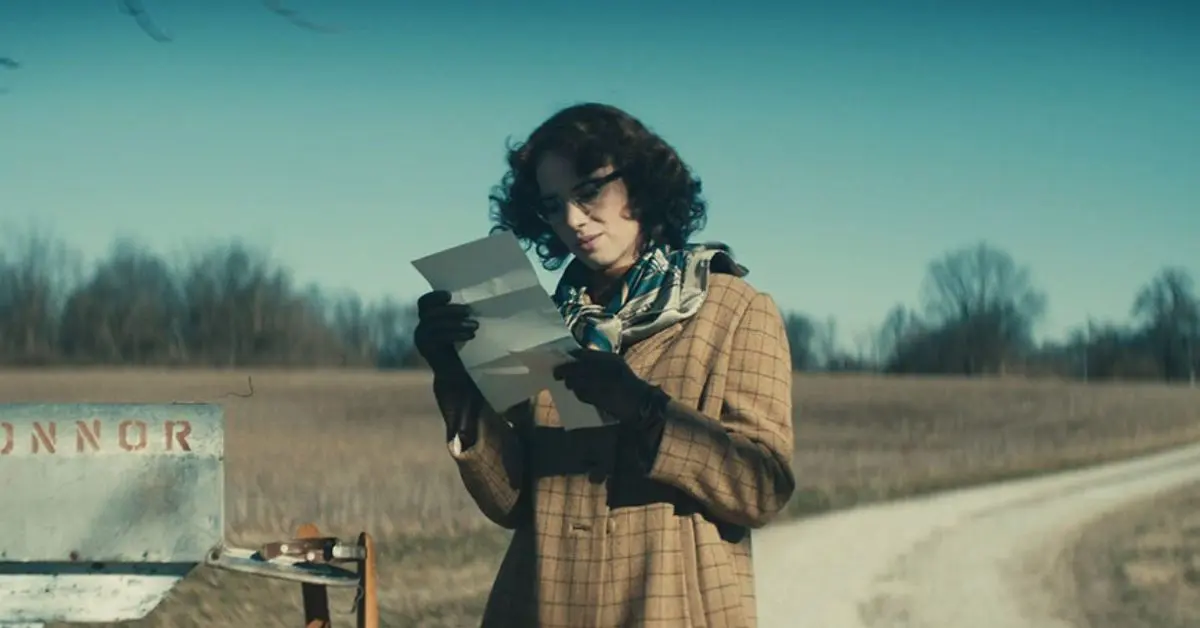
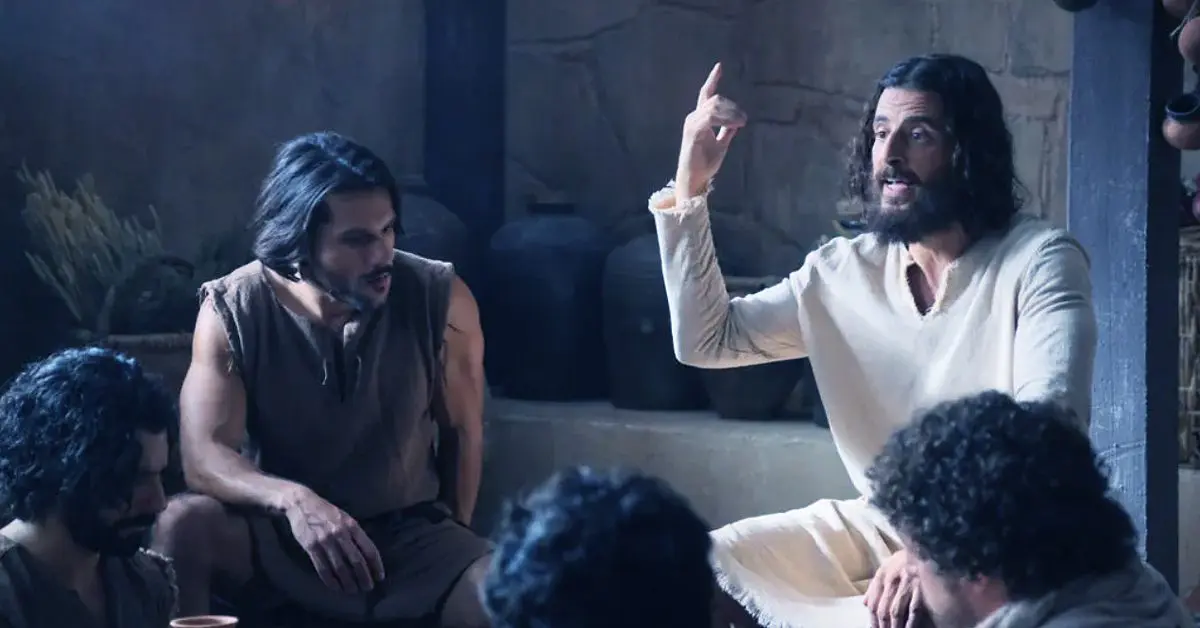

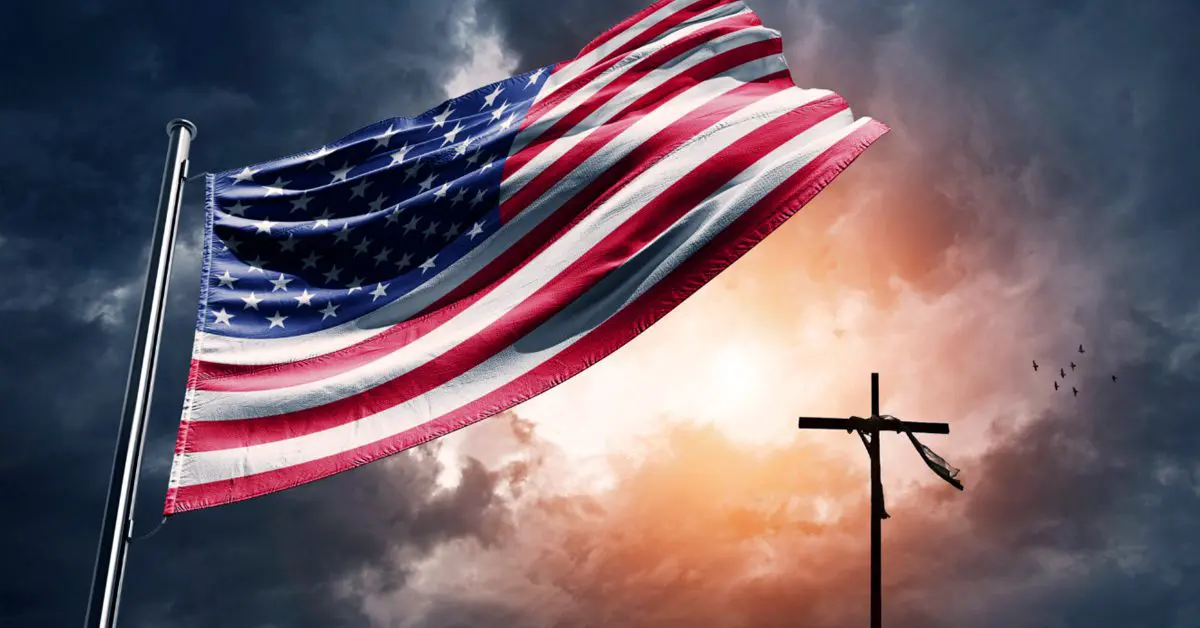
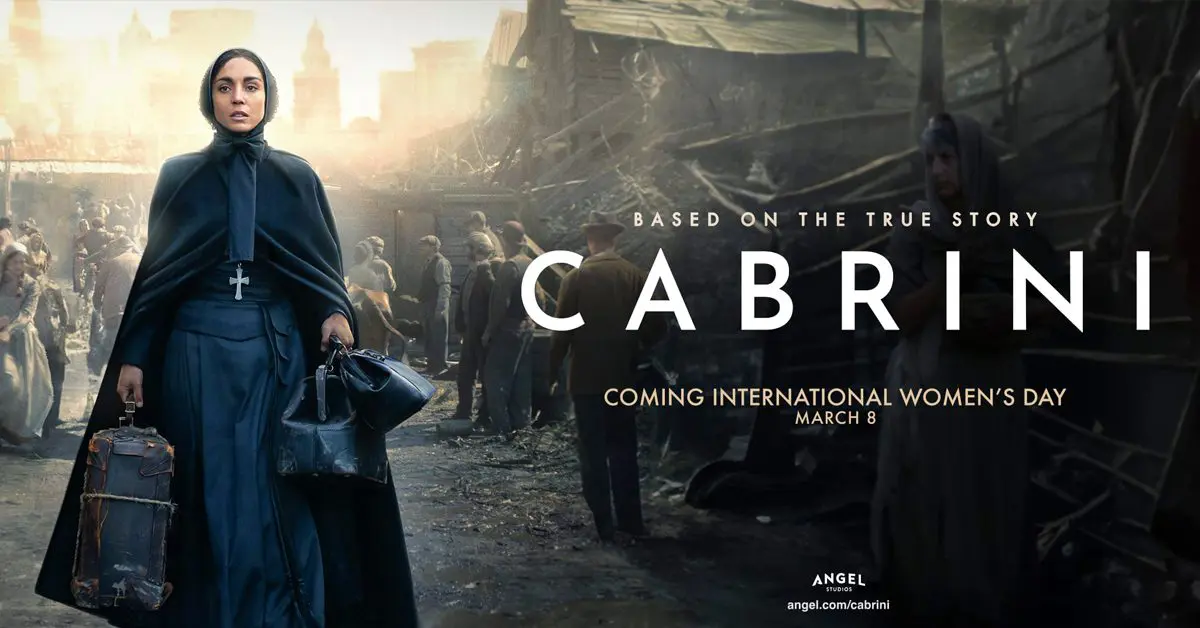
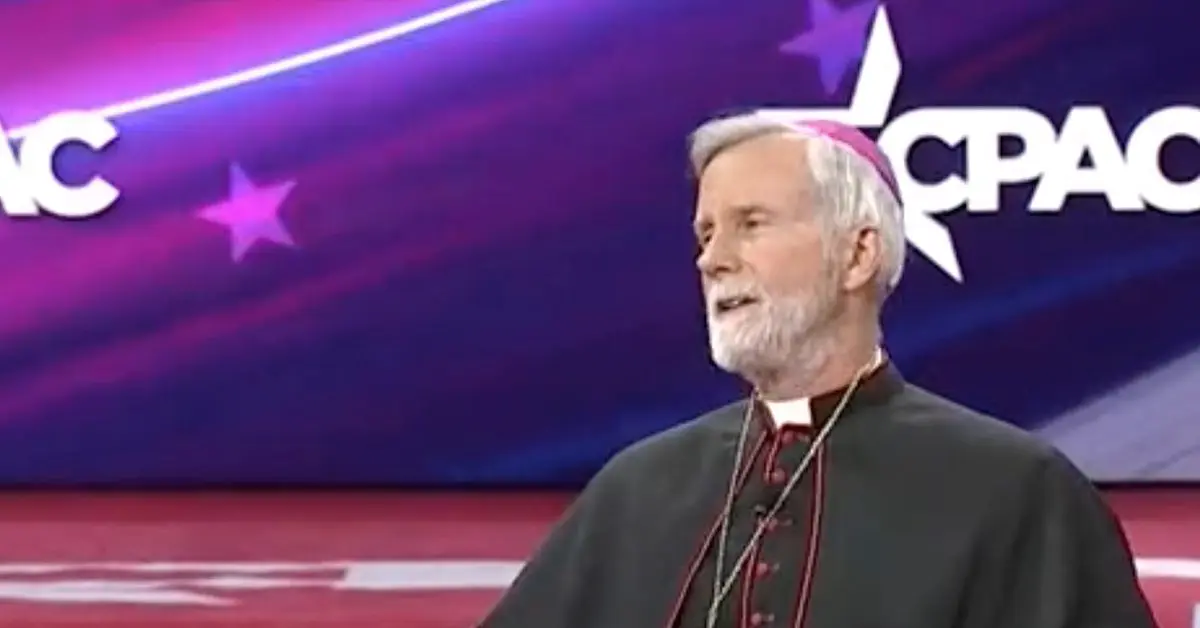
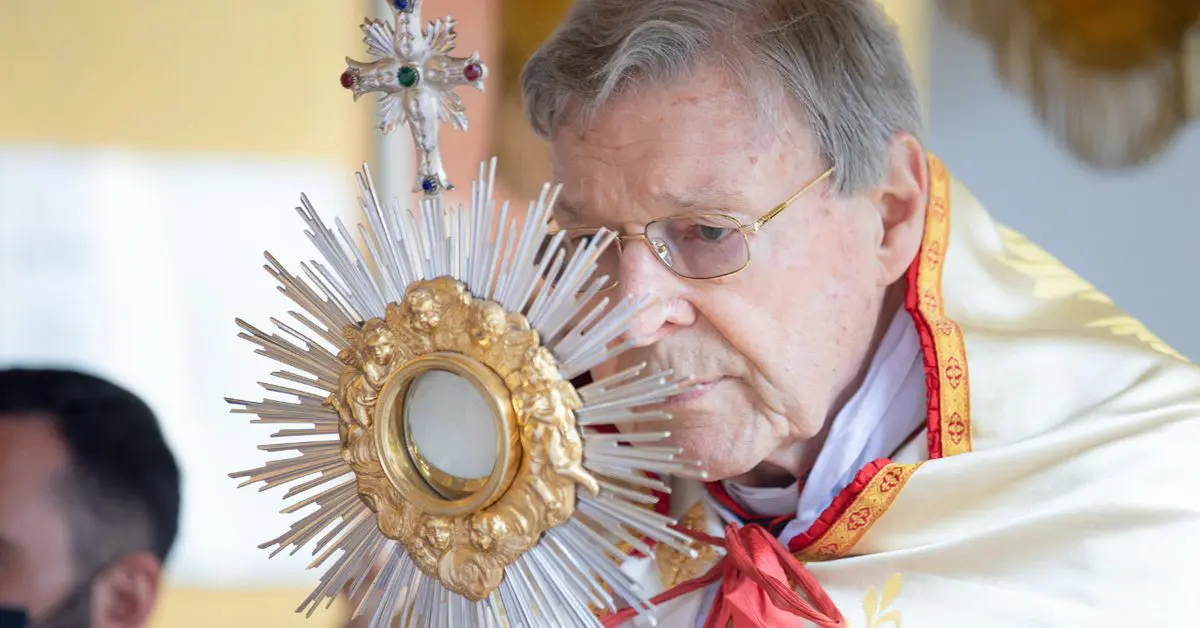

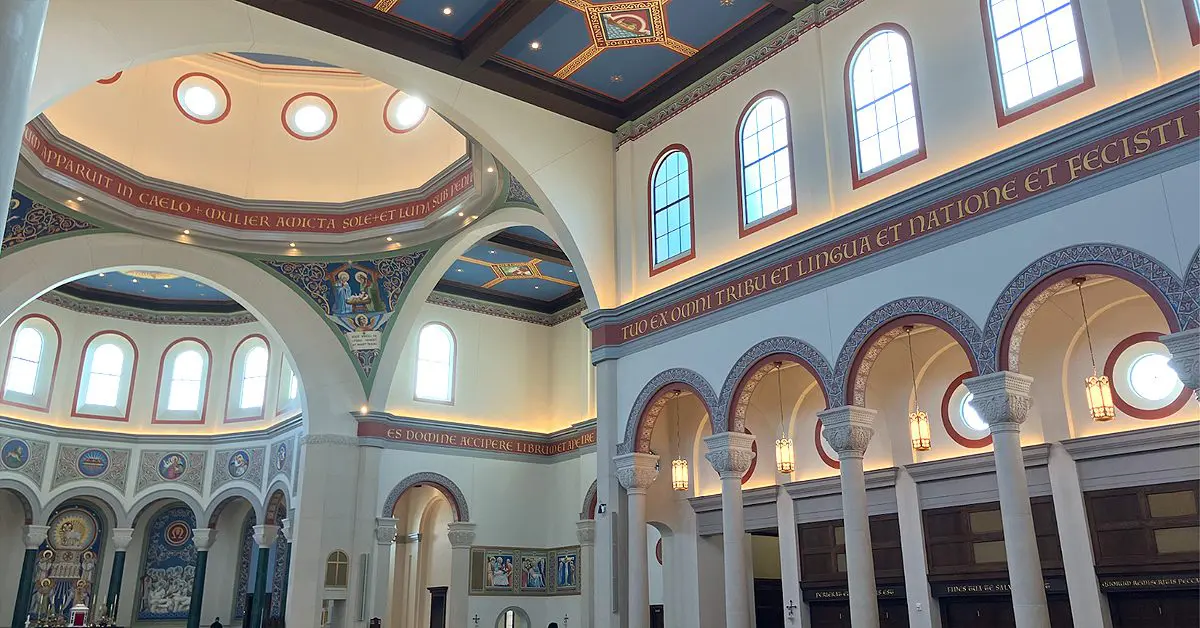
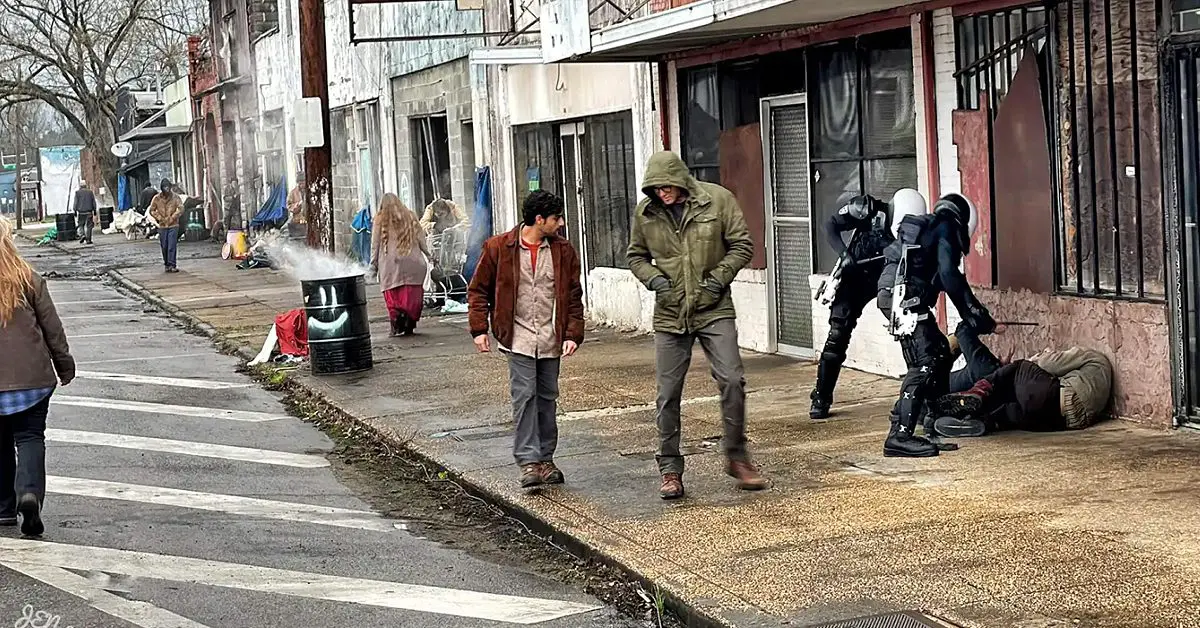
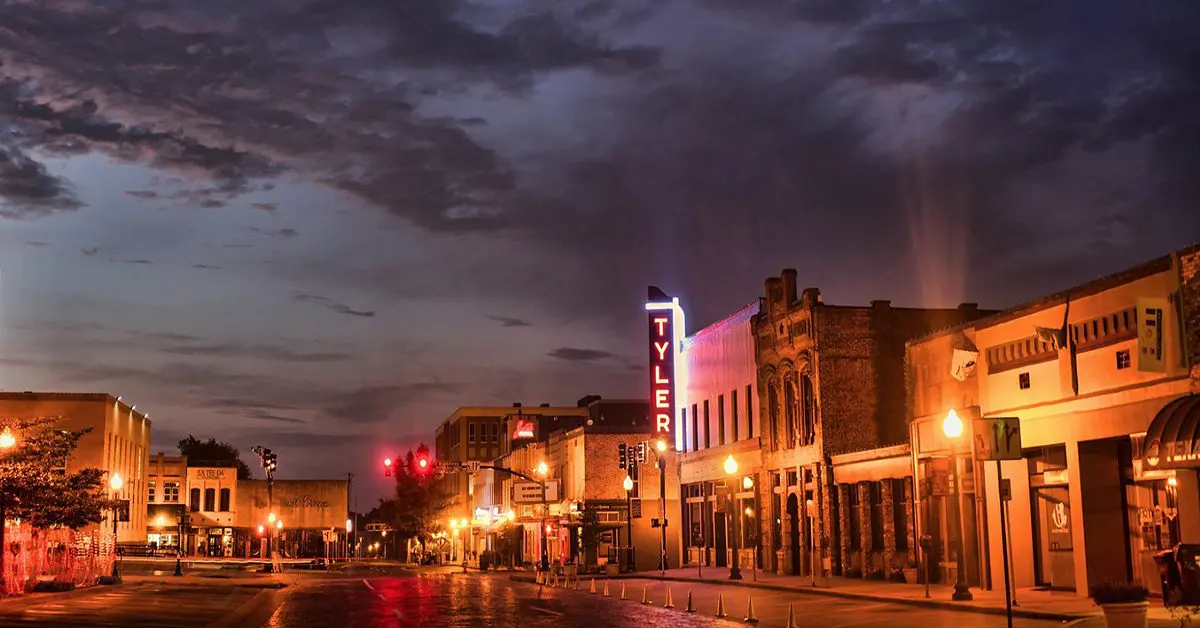




0 Comments